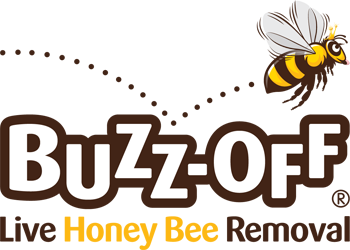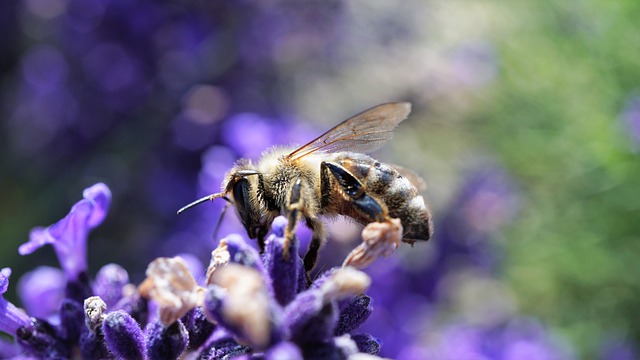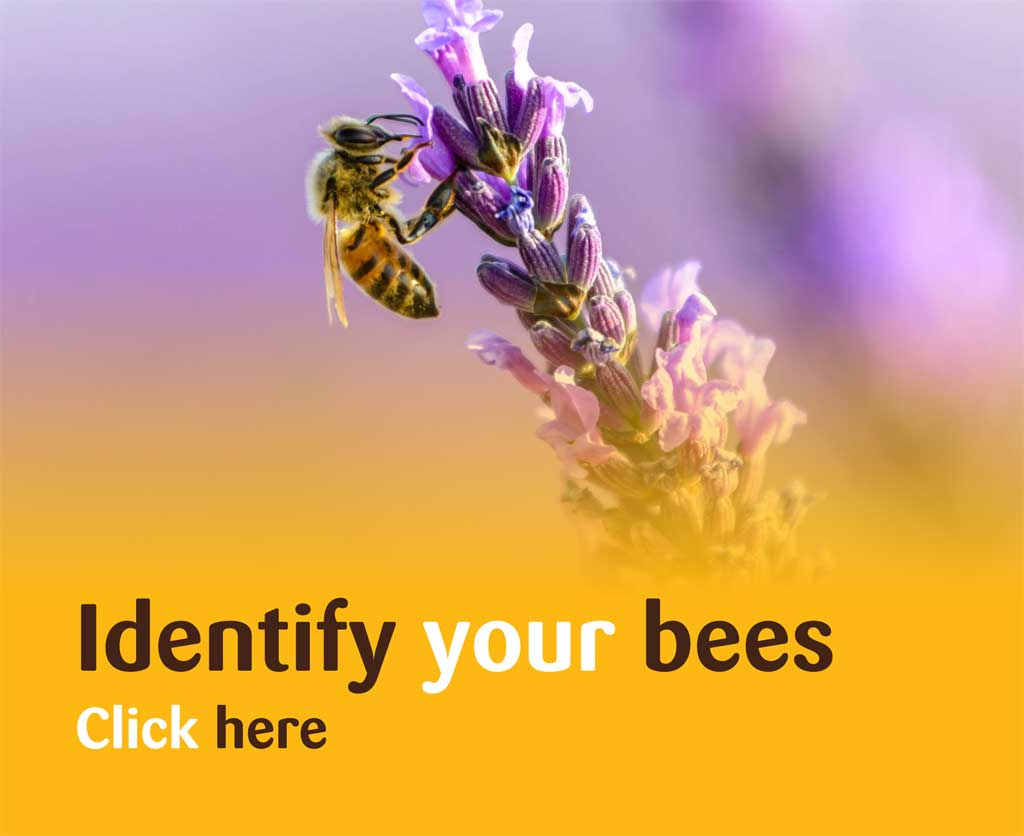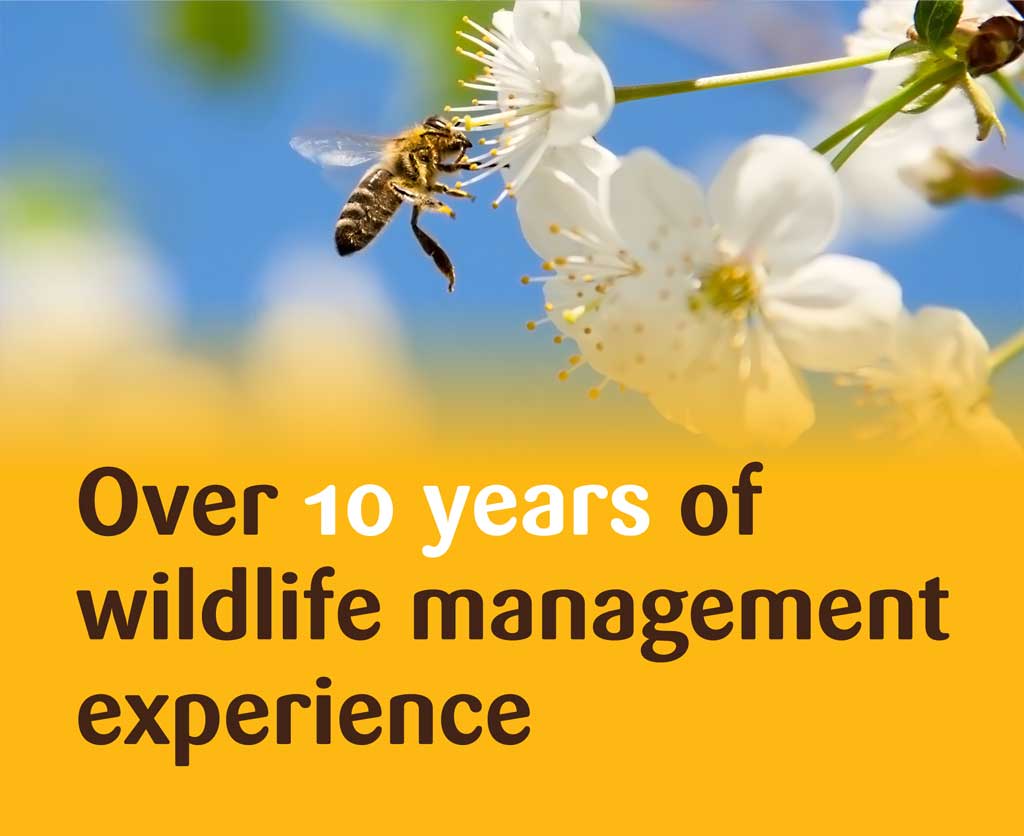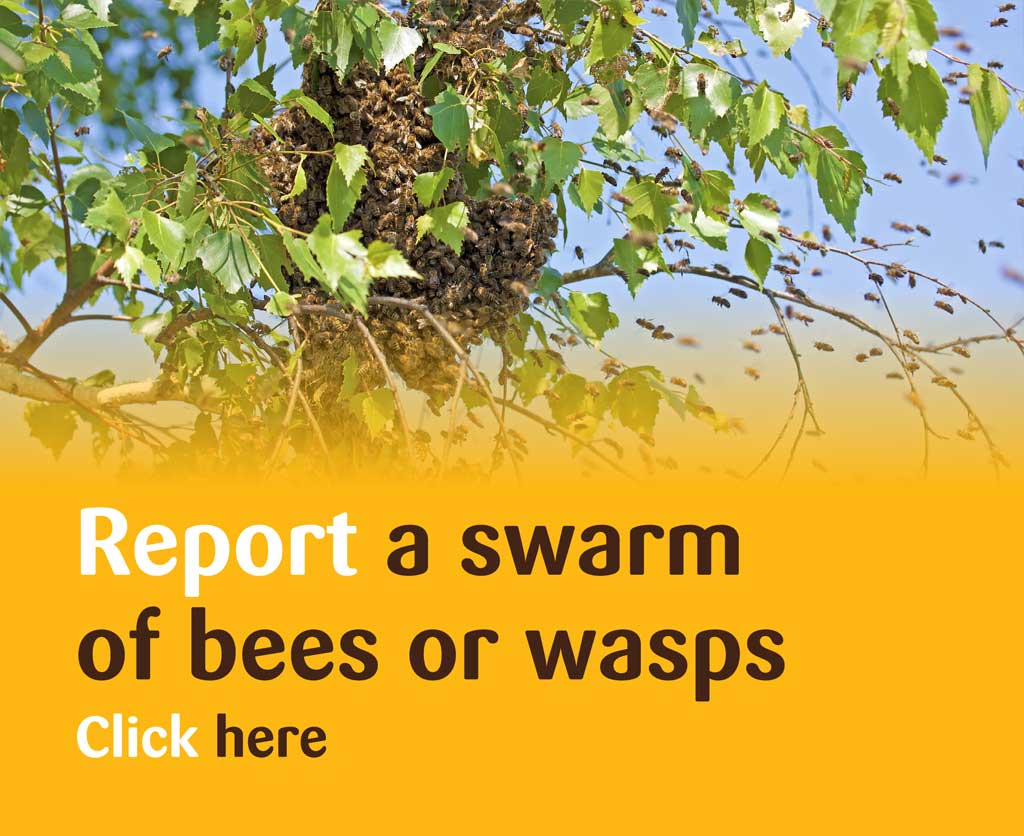Bees need access to flowers so that they can collect their food source – pollen and nectar. In the UK, we don’t have many winter-flowering wild plants, which is why our gardens can be a life-saver for bees and other pollinating insects. A plentiful supply of open flowers ensures that essential food is available to help our bees survive.
Whether your outside space is a balcony, allotment, window box or a large open area, you can plan your garden so that all of our native pollinators can benefit from plenty of pollen and nectar. Here are some flowering plants that you can add to your garden to help bees survive the winter and into spring:
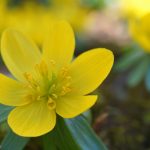
Winter aconite (Eranthis hyemalis)
A perennial which produces bright, buttercup-like flowers with a ruff of green leaves. They are also known as Winter Hellebore or Winter Wolf’s Bane and are a welcome sight in late winter and early spring. Flowers: January-February.
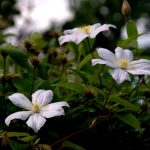
Evergreen Clematis (Clematis cirrhosa)
With varieties including ‘Freckles’ and ‘Wisley Cream’, these climbing plants have glossy, dark green leaves and produce small, pale flowers from late autumn. Flowers: December-February
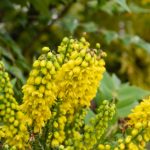
Mahonia (Mahonia aquifolium)
These scented winter flowers are a magnet for bees, which are usually followed by the emergence of dark purple berries. Flowers: November-March
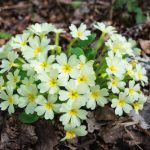
Primrose (Primula vulgaris)
A native plant, primroses are a woodland flower and ideal for under a tree or on a shady bank. Flowers: March-May
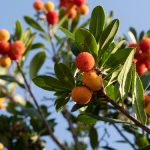
Strawberry Tree (Arbutus unedo)
An evergreen with small, creamy-white or pink flowers in autumn and strawberry-like fruits from the previous year’s flowers. Flowers: September-November
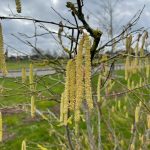
Catkins (Salix caprea)
Catkins are a small flower cluster with no petals, which appear in Spring before leaves and are loved by bees (especially by bumblebee queens). Flowers: April-May
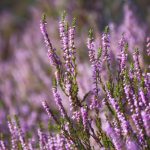
Heather (Erica carnea)
A spreading, dwarf, evergreen shrub with red or pink flowers, heather often grows on moorland. Scientists from Kew Gardens and Royal Holloway University have discovered a natural ‘bumblebee medicine’ in the nectar of heather. Flowers: January-April
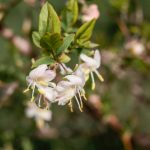
Winter-flowering honeysuckle (Lonicera fragrantissima)
A bushy deciduous shrub which can grow to 2m with ovate leaves and pairs of very fragrant, 2-lipped cream flowers, sometimes followed by red berries. Honeysuckle loves full sun and partial shade. Flowers: January-March
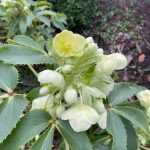
Hellebore (Helleborus)
Hellebores produce elegant, nodding blooms in green, white, pink or ruby. Suitable for most conditions, they prefer moist, well drained alkaline soil in with some shade. Flowers: January to March
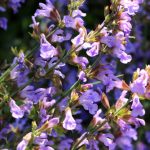
Salvia (Salvia officinalis)
Salvia is a perennial, evergreen sub-shrub with blue to purplish flowers. It loves the sun and needs good drainage. Flowers: May to November
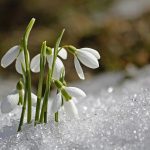
Common Snowdrop (Galanthus nivalis)
A vital source of pollen and nectar during winter and early spring, snowdrops are very hardy and are a often a sign of the changing seasons. White, bell-shaped flowers are usually found in woodlands across the UK. Flowers: January to March
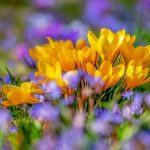
Crocus (Crocus)
Another source of early pollen for bees, crocuses can provide colourful borders, containers or carpets of colour for lawns. They are corms with small, funnel-shaped flowers in shades of yellow, purple and white; enjoy the sun and a well-drained soil. Flowers: February to May.
For advice on how to plant and tend bee-friendly flowers, visit the RHS website
